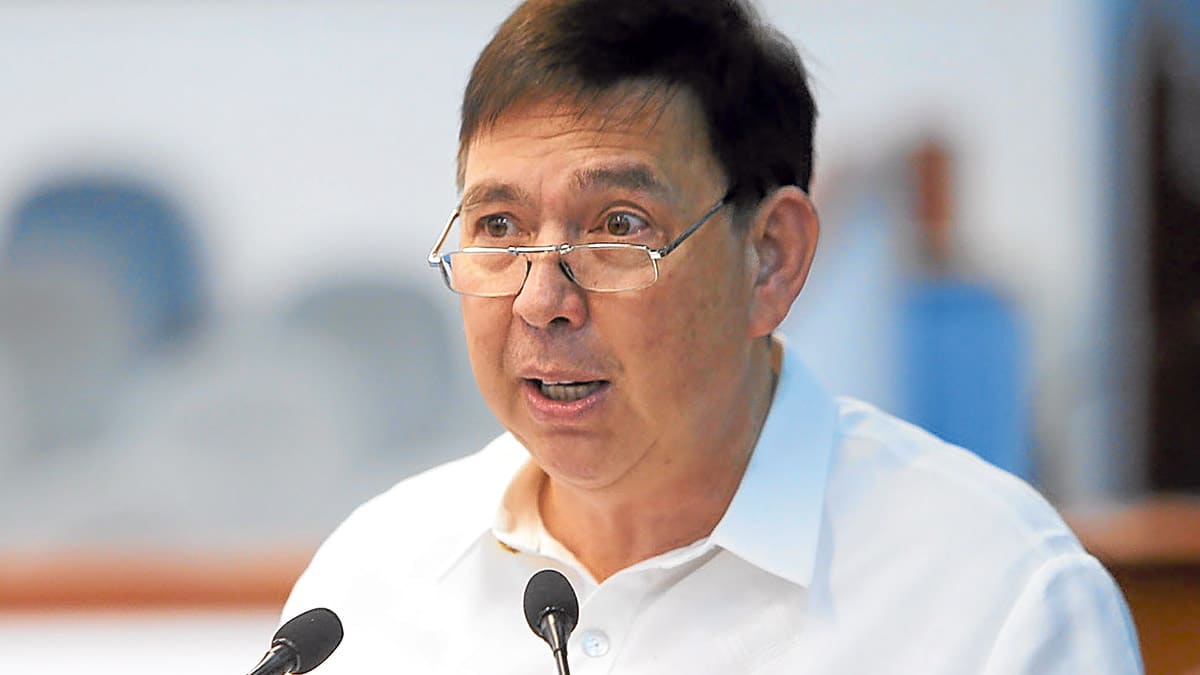PH bracing for foreign bond comeback in H1 2025

Finance Secretary Ralph Recto
MANILA, Philippines — The Philippine government will return to the offshore debt market in the first half of 2025 with possible issuances of global and euro bonds to bridge its budget deficit, Finance Secretary Ralph Recto said.
While he did not say the total amount to be raised, Recto told reporters that the offerings would be “more or less” benchmark-sized, which generally means at least $500 million.
“I think it’ll be a mix [of US dollar and euro bonds] but I leave the details for the meantime with the Treasury,” he said.
READ: BSP’s Monetary Board OKs $3.81-B foreign borrowings in Q3 2024
Figures from the budget department showed that the Marcos administration is planning to borrow P2.55 trillion in 2025 to plug a budget hole amounting to P1.54 trillion, equivalent to 5.3 percent of gross domestic product.
Article continues after this advertisementThe bulk of the planned borrowings will come from domestic sources at P2.04 trillion. The rest of the financing will be sourced offshore amounting to P507.41 billion. That, in turn, is expected to push the government’s outstanding debt to P17.35 trillion by the end of 2025.
Article continues after this advertisementAccording to Recto, the government wants to eventually lessen the share of foreign borrowings to 10 percent—from the current level of around 25 percent—to minimize foreign exchange risks that can bloat the peso value of external debts.
But the finance chief said this fiscal goal would not be achieved within the term of President Ferdinand Marcos Jr., adding that the government would be diversifying its sources of external financing to lock in cheaper rates as much as possible.
That said, Recto also floated the possibility of issuing yen-denominated debt securities and “sukuk” or Sharia-compliant bonds targeting investors in the Middle East next year.
Recto, who represents the Cabinet in the Monetary Board, likewise said he expected the Bangko Sentral ng Pilipinas (BSP) to deliver a third quarter-point cut at its meeting later today. More easing is likely next year, he said something that would help the government lessen its debt service burden.
“I agree with the market consensus of a 25-basis point decrease,” he said.
“But it also depends on what happens, what the Fed (US Federal Reserve) does. So we have to wait for the inflation numbers. Wait for what the Fed does, I suppose,” he added.